Origin and development of camouflage training uniforms
Here's a brief overview of the origin and development of camouflage training uniforms:
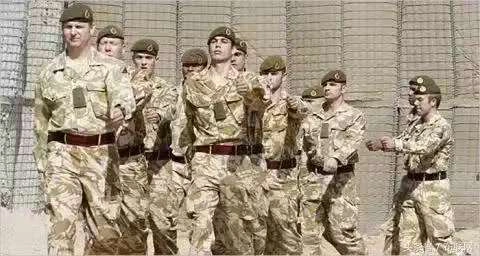
Origins
Ancient Times: Soldiers used natural materials like leaves and mud to conceal themselves from enemies.
19th Century: During colonial wars, particularly in France, military forces began adopting camouflage techniques, matching their uniforms to the environment.
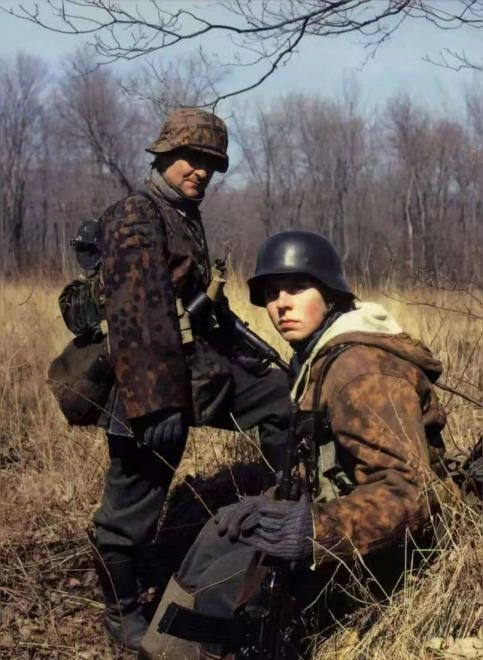
World War I
Introduction of Camouflage: The First World War saw the formal introduction of camouflage in military uniforms. Soldiers utilized irregular patterns to confuse the enemy, particularly in trench warfare.
-Innovative Designs: Camouflage extended beyond uniforms to vehicles and equipment, marking a significant shift in military strategy.
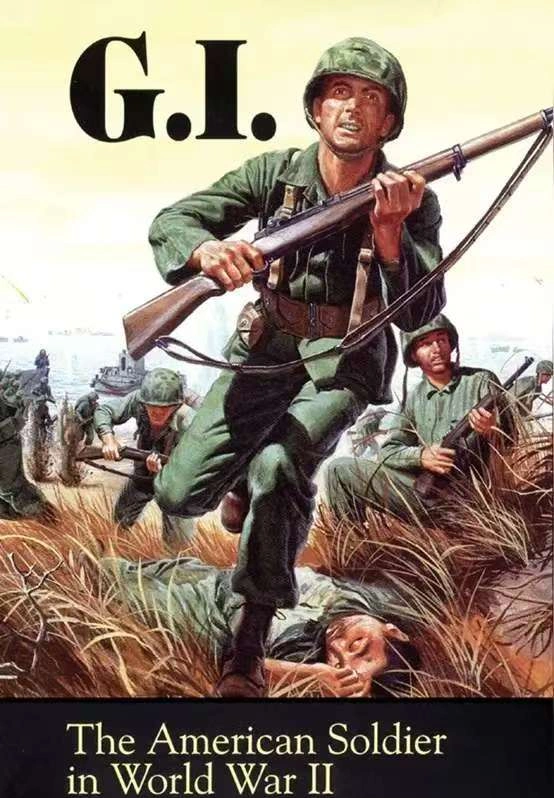
World War II
Standardization: By the Second World War, many armies adopted camouflage uniforms as standard issue. Iconic examples include the German "splinter camouflage" and the American "M1942 camouflage uniform."
Functional Design: These uniforms were designed for both concealment and functionality, incorporating durable materials suitable for various combat environments.
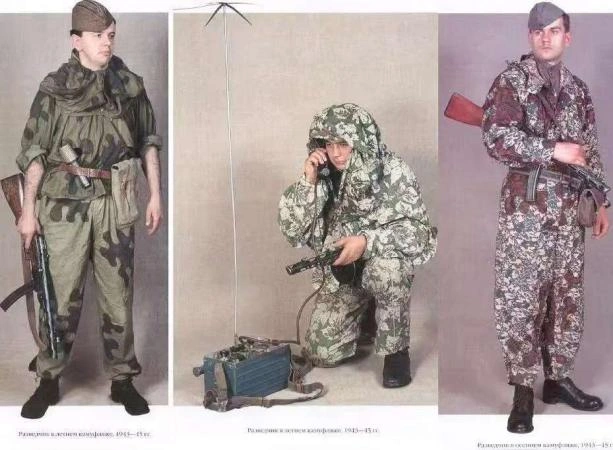
Post-War Developments
Diverse Patterns: After World War II, countries developed their own camouflage patterns tailored to specific environments, such as woodland uniforms, desert uniforms, and urban settings designing uniforms. For instance, Digital Camouflage.which is Introduced in the early 2000s in America, featuring a pixelated design aimed at improving concealment in various environments.
Modern Usage: Today, camouflage training uniforms are essential for military training and operations, providing soldiers with necessary concealment in diverse environments.
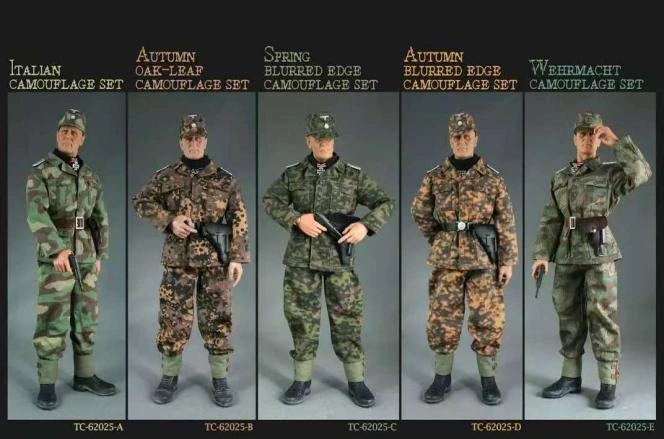
Contemporary Trends
Civilian Adoption: Camouflage patterns have become popular in civilian fashion, appearing in casual wear and outdoor clothing.
Technological Advances: Modern camouflage uniforms often incorporate advanced materials and designs that enhance comfort, durability, and performance in the field.
Camouflage training uniforms have evolved significantly, reflecting changes in military tactics and technology. They play a crucial role in military operations, ensuring soldiers can effectively blend into their environments.







